By CLIVE THOMPSON
Published: January 6, 2008

iVotronic touchscreen voting machines in a warehouse in Pittsburgh.
Jane Platten gestured, bleary-eyed, into the secure room filled with voting machines. It was 3 a.m. on Nov. 7, and she had been working for 22 hours straight. “I guess we’ve seen how technology can affect an election,” she said. The electronic voting machines in Cleveland were causing trouble again.
For a while, it had looked as if things would go smoothly for the Board of Elections office in Cuyahoga County, Ohio. About 200,000 voters had trooped out on the first Tuesday in November for the lightly attended local elections, tapping their choices onto the county’s 5,729 touch-screen voting machines. The elections staff had collected electronic copies of the votes on memory cards and taken them to the main office, where dozens of workers inside a secure, glass-encased room fed them into the “GEMS server,” a gleaming silver Dell desktop computer that tallies the votes.
Then at 10 p.m., the server suddenly froze up and stopped counting votes. Cuyahoga County technicians clustered around the computer, debating what to do. A young, business-suited employee from Diebold — the company that makes the voting machines used in Cuyahoga — peered into the screen and pecked at the keyboard. No one could figure out what was wrong. So, like anyone faced with a misbehaving computer, they simply turned it off and on again. Voilà: It started working — until an hour later, when it crashed a second time. Again, they rebooted. By the wee hours, the server mystery still hadn’t been solved.
Worse was yet to come. When the votes were finally tallied the next day, 10 races were so close that they needed to be recounted. But when Platten went to retrieve paper copies of each vote — generated by the Diebold machines as they worked — she discovered that so many printers had jammed that 20 percent of the machines involved in the recounted races lacked paper copies of some of the votes. They weren’t lost, technically speaking; Platten could hit “print” and a machine would generate a replacement copy. But she had no way of proving that these replacements were, indeed, what the voters had voted. She could only hope the machines had worked correctly.
Con't-NYT 17 Page Article

 .
.








 May love and laughter light your days,
and warm your heart and home.
May good and faithful friends be yours,
wherever you may roam.
May peace and plenty bless your world
with joy that long endures.
May all life's passing seasons
bring the best to you and yours !
*******
Thanks Pbtrue1. :)
May love and laughter light your days,
and warm your heart and home.
May good and faithful friends be yours,
wherever you may roam.
May peace and plenty bless your world
with joy that long endures.
May all life's passing seasons
bring the best to you and yours !
*******
Thanks Pbtrue1. :)





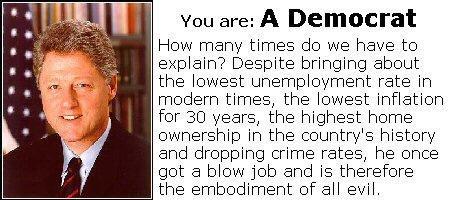











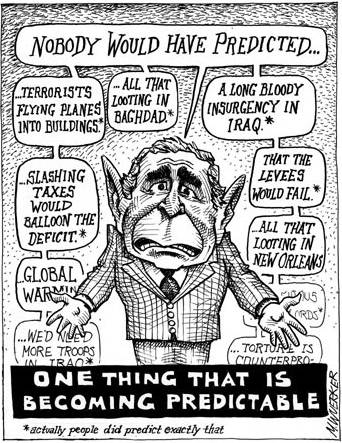
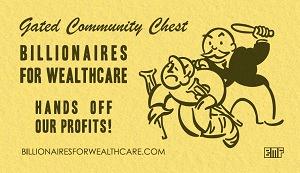
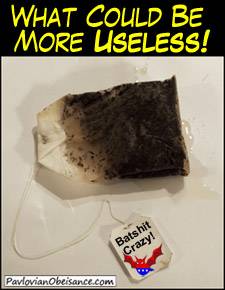






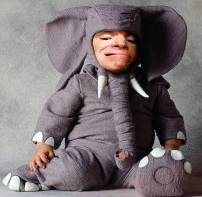



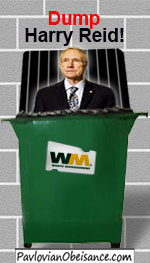




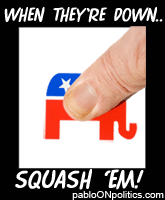


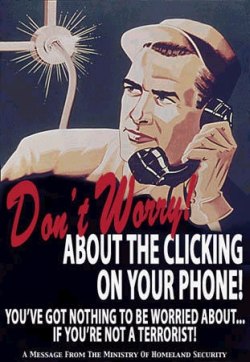





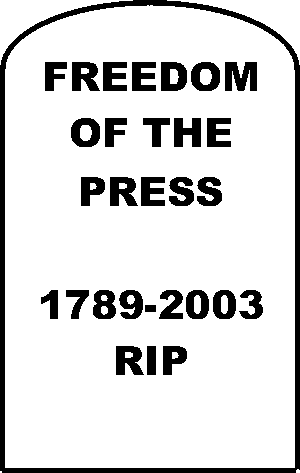




 .
"Hello to our friends and fans in domestic surveillance."
.
"Hello to our friends and fans in domestic surveillance."










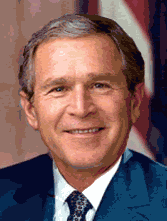

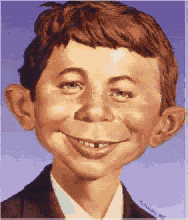


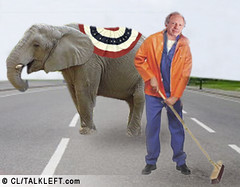
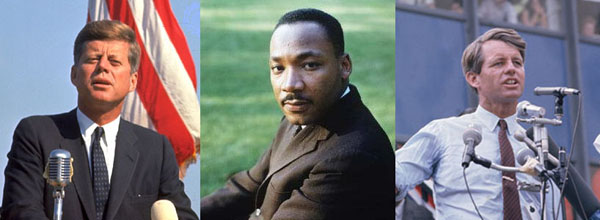

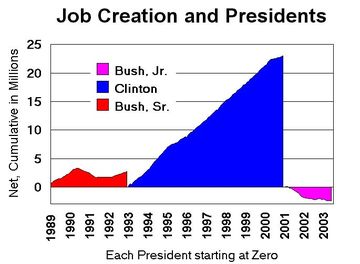
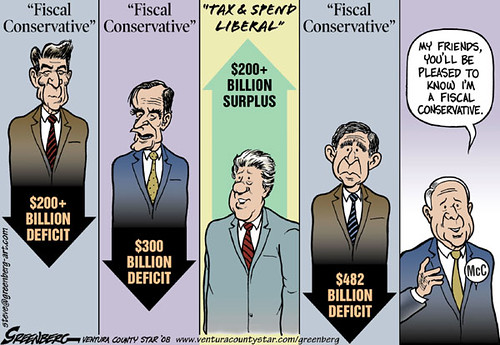








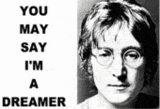


 *Hee Hee*
Submitted by Alice on Sun, 08/05/2007 - 4:02am.
MM.. :)
*Hee Hee*
Submitted by Alice on Sun, 08/05/2007 - 4:02am.
MM.. :)
 I'm Eighteen (Album Version)
I'm Eighteen (Album Version)
No comments:
Post a Comment